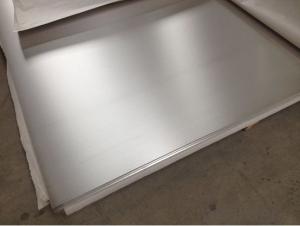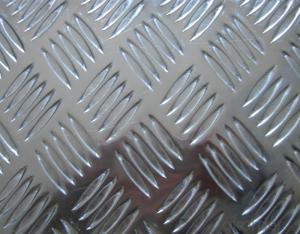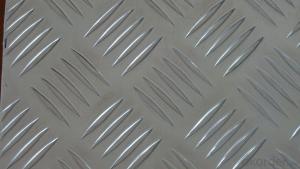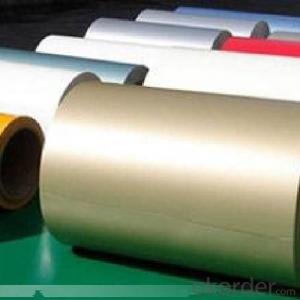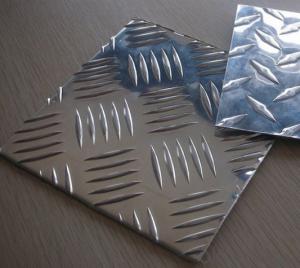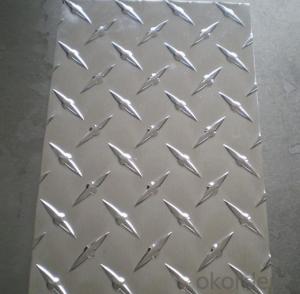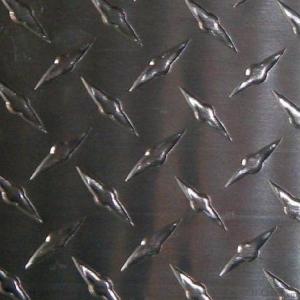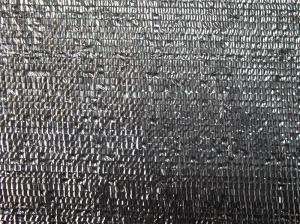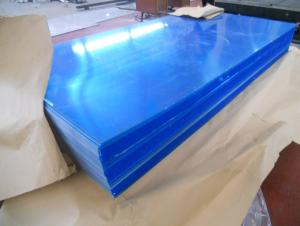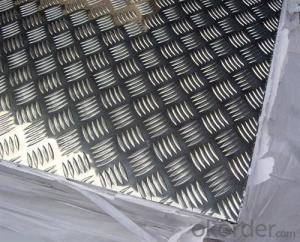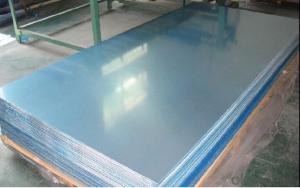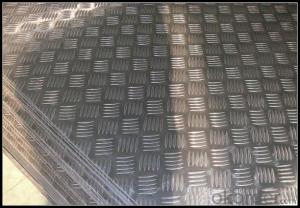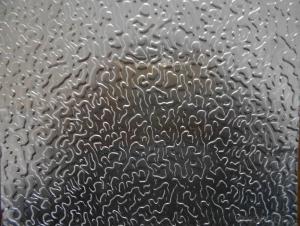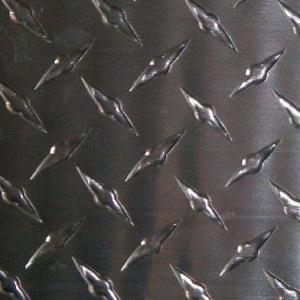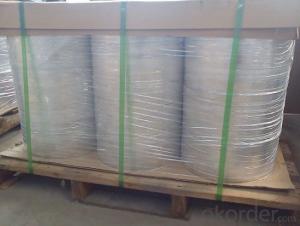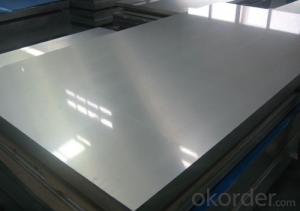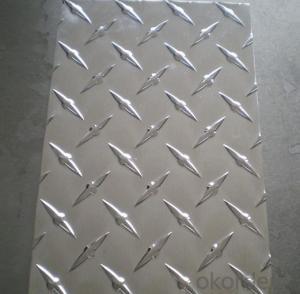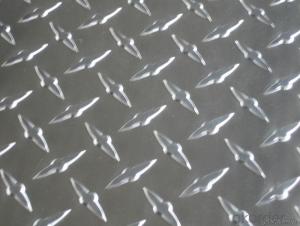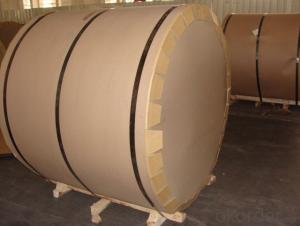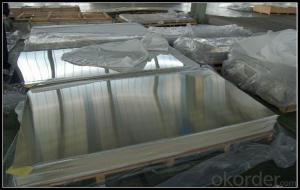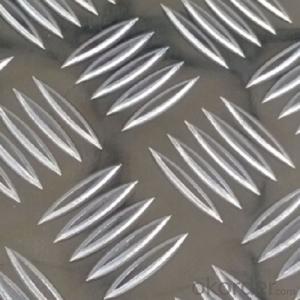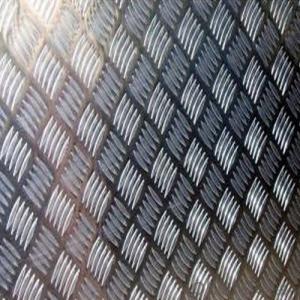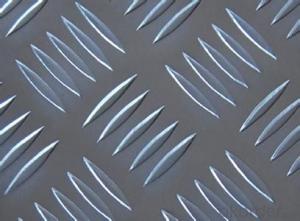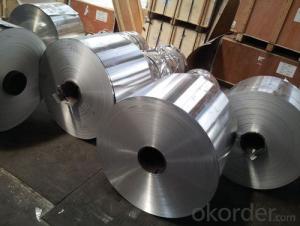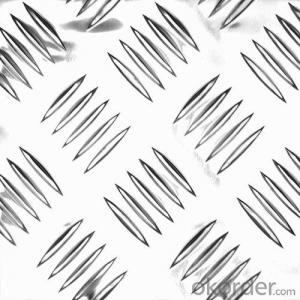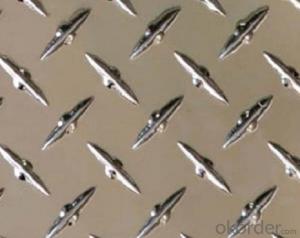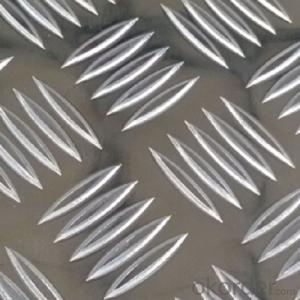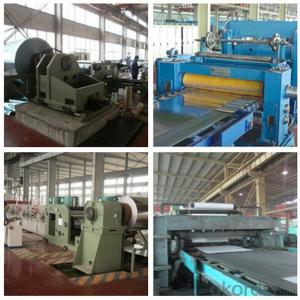Aluminum Checker Plate Weight
Aluminum Checker Plate Weight Related Searches
Weight Of Aluminum Plate Aluminum Checker Plate Price Checker Plate Aluminum Price Aluminum Checker Plate Sizes Checker Plate Aluminum Aluminum Plate Weight Calculator Aluminum Plate Weight Chart Aluminum Floor Plate Weight Aluminum Tread Plate Weight Aluminum Diamond Plate Weight 1/4 Checkered Plate Weight 1 4 Aluminum Plate Weight 1 2 Aluminum Plate Weight 1 4 Inch Aluminum Plate Weight Diamond Checker Plate Aluminum Aluminum Checkered Plate Weight Of 1 4 Aluminum Plate Aluminium Checkered Plate Price Aluminum Checker Plate Sheet Aluminum Checker Plate For Sale Polished Aluminum Checker Plate Black Aluminum Checker Plate 1/4 Aluminum Plate Weight 1 8 Aluminum Plate Weight Weight Of 1/4 Aluminum Plate 1/8 Aluminum Plate Weight Aluminium Checkered Plate Weight Of 1/2 Aluminum Plate Checker Plate Aluminum Sheets 1/2 Aluminum Plate WeightAluminum Checker Plate Weight Supplier & Manufacturer from China
Aluminum Checker Plate Weight is a type of aluminum sheet material with a diamond-shaped pattern on one side, providing an anti-slip surface and increased durability. This product is widely recognized for its strength, corrosion resistance, and lightweight properties, making it an ideal choice for various applications.The aluminum checker plate weight is commonly used in a variety of industries, including construction, transportation, and manufacturing. It is particularly popular for applications where a slip-resistant surface is required, such as on walkways, ramps, and platforms. Additionally, its lightweight nature and resistance to corrosion make it a preferred choice for marine and outdoor applications, where traditional steel checker plates may be prone to rust and require more maintenance.
Okorder.com is a leading wholesale supplier of aluminum checker plate weight, offering a vast inventory of this product to cater to the needs of various industries. With a commitment to quality and customer satisfaction, Okorder.com ensures that the aluminum checker plate weight they provide meets the highest standards and is available at competitive prices.
Hot Products

